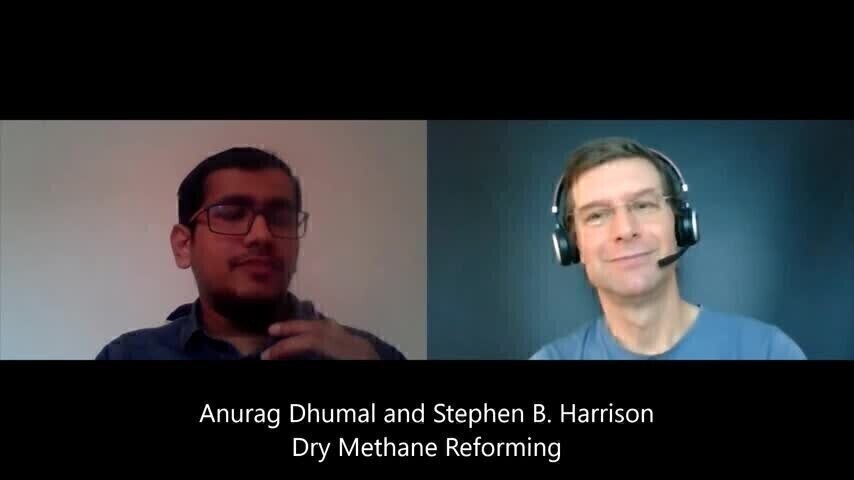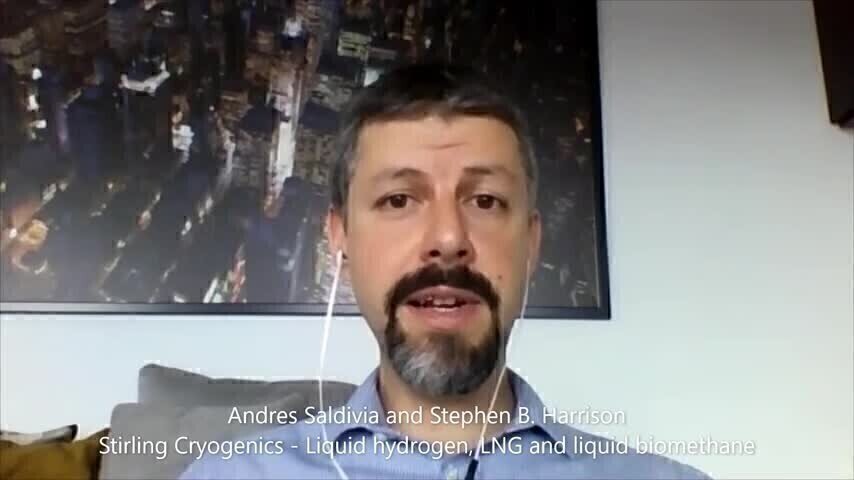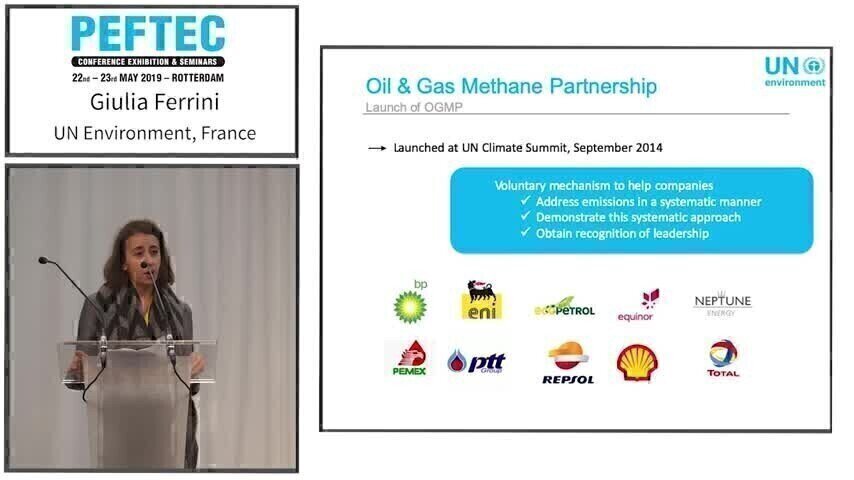E-Learning
Videos
Past Events
In-service lubricant testing laboratories are faced with increasing demands for profitability and customer satisfaction. To help support these goals, an innovative oil analysis methodology is now available. Regular testing for fuel and glycol in used engine oil by gas chromatography can provide guidance on oil handling. Benefits include: Prevention of unnecessary oil changes Lowered costs associated with enhanced replaceable fluid lifetime Advanced warning of component wear...
PIONA has long been the preferred approach to characterize petroleum streams by hydrocarbon group type. The technique is based on the separation of individual hydrocarbon groups by utilizing a multitude of complex analytical techniques and methods. These various approaches tend to limit scope to a subset of hydrocarbon groups or specific compounds of interest which results in added complexity, higher costs, lower productivity, and less confidence in results. VUV Analytics’ innovative fue...
Determining sulfur, nitrogen, chloride or carbon in liquefied pressurized gases (LPGs) is challenging for many quality control labs in the petro industry. There are safety and cross contamination issues in sample preparation and dosing, the risks of incomplete combustion and deflagration as well as data evaluation challenges for ultra-trace applications due to the limited availability of suitable calibration standards. In this eLearning session, Dr. Angela Gröbel, elemental analysis exper...
Methane emissions are responsible for about 25% of current global warming and the oil and gas sector is one of the largest anthropogenic sources of methane. The IPCC, in its “Special Report on Global Warming of 1.5 degrees”, noted that emissions of Short-Lived Climate Pollutants like methane and black carbon need to be reduced by 35% or more by 2050 to stay below the 1.5 degrees target, while the International Energy Agency identified upstream methane emissions as one of the most importan...
Methane emissions are increasingly meaningful in public debates for political, administrative, and public stakeholders and can have significant impact on the future of natural gas. The different approaches for emission estimation in place cause difficulties to identify the methane emissions in the countries correctly and put the gas industry in a difficult situation. The GERG project MEEM (finished in July 2018) developed a methane emission estimation method for the gas distribution grid whic...
As known European natural gas resources is declining and the EU is depending increasingly on imported natural gas. Consequently, diversification of the European natural gas supply has become necessary and this is being implemented as required by the Renewable Energy Directive 2009/28/EC. Under mandate M/475, CEN/PC 408 developed specifications for biomethane (i.e. EN16723-1 for injection into natural gas grids and EN16723-2 for transport fuel). Currently, the test methods cited in EN16723 are...
Biomethane is an important source of green and renewable energy. To allow injection of biomethane into the natural gas grid or the use as a vehicle fuel, it should meets the quality standards for natural gas. The timely and accurate measurement of the biomethane energy is of fundamental importance for users and distributors. The MicroGC technology supply features ideal for fast and accurate on-line analysis of biomethane and calorific value measurements. Minor organic contaminants like hyd...
Volatile organics like naphtha are amongst the most challenging samples to be analyzed by ICP techniques. Wealth of emission lines originating from the organic matrix and high volatility demonstrate challenges for ICP-OES analyzers. A robust plasma as well as an optical system with high spectral resolution are required in order to routinely quantify trace elements in the low µg/kg range. For specification analysis in the low µg/kg range ICP-MS often is the method of choice as conventiona...
This paper presents a tunable laser analyzer that has the capability to analyze several components in a gas sample stream. More specifically, a multi-gas system for simultaneous detection of C1-iC5 hydrocarbons, using a room temperature distributed feedback (DFB) inter-band cascade laser (ICL) array, emitting in the 3.3-micron band has been realized. It combines all the advantages of the tunable laser spectroscopy method for a fast, sensitive and selective in-line multicomponent tunable laser...
Digital Edition
PIN 25.3 June/July
June 2024
Analytical Instrumentation - Recent Advances In Various Bench Scale Accelerated Oxidative Testing Methods For Fuels - Petrochemical Industry: Anton Paar Solutions Streamline Processes, Reduce H...
View all digital editions
Events
Jul 30 2024 Jakarta, Indonesia
Jul 30 2024 Jakarta, Indonesia
China Energy Summit & Exhibition
Jul 31 2024 Beijing, China
Jul 31 2024 Chengdu, China
Aug 05 2024 Moon Township, PA, USA
























